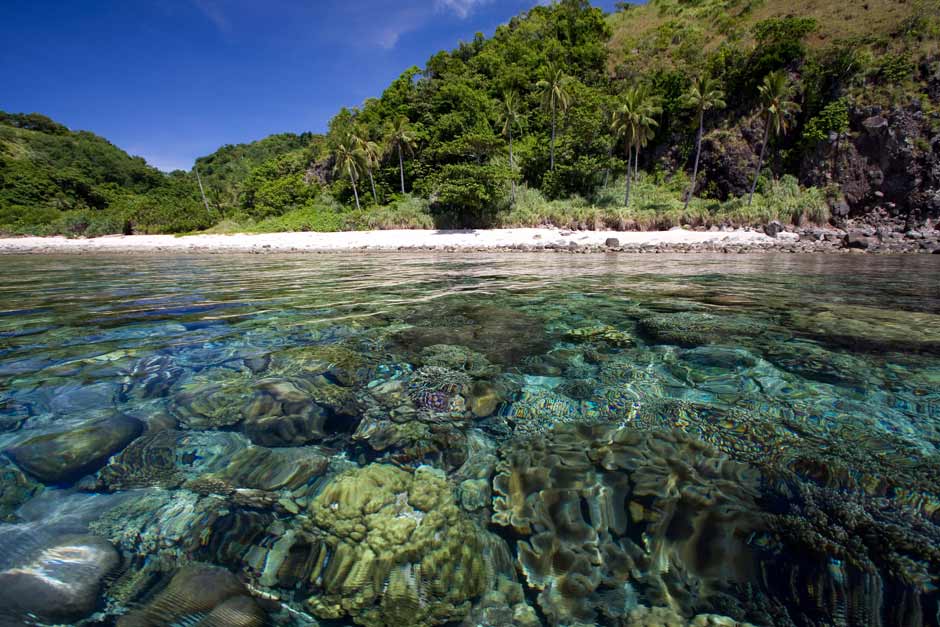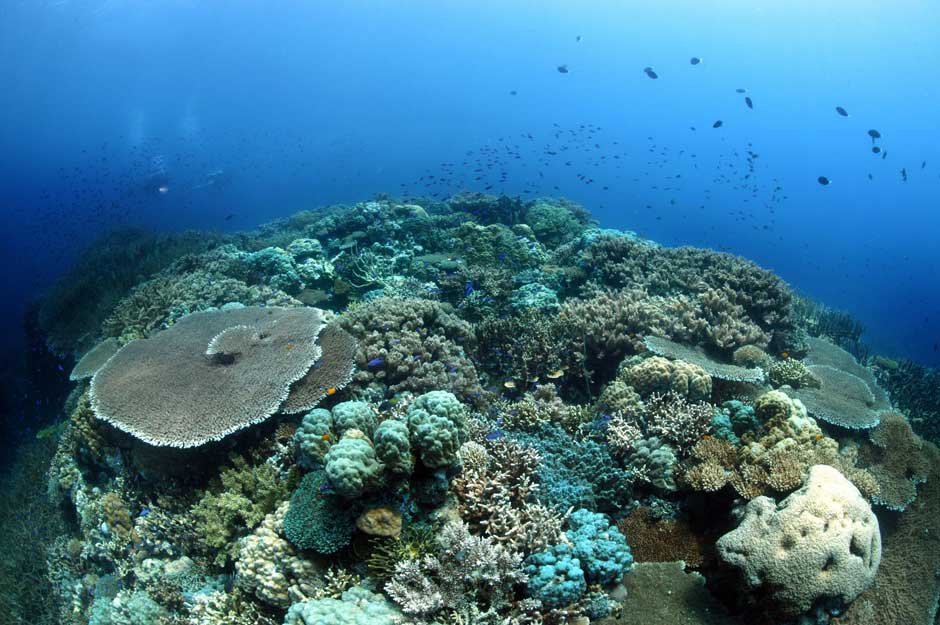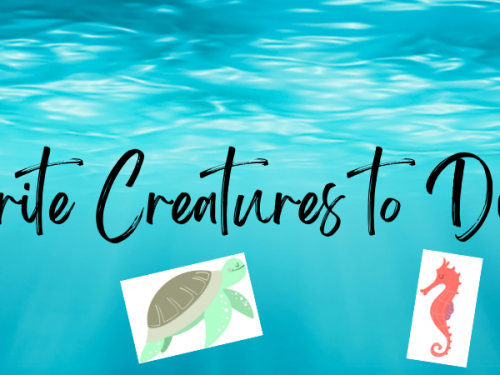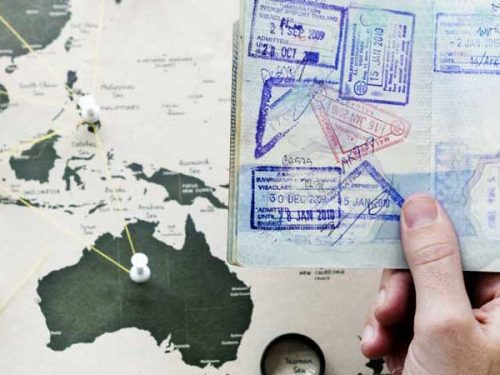 Stretching in triangular-shaped fashion across more than 5 million square kilometers (2 million square miles) of the western Pacific Ocean, the Coral Triangle links the azure waters of the Philippines with those of Indonesia and Papua New Guinea. The question, however, may not be so much where the Coral Triangle is, but why you need to know about it.
Stretching in triangular-shaped fashion across more than 5 million square kilometers (2 million square miles) of the western Pacific Ocean, the Coral Triangle links the azure waters of the Philippines with those of Indonesia and Papua New Guinea. The question, however, may not be so much where the Coral Triangle is, but why you need to know about it.
The Coral Triangle is more than just a romantic name. With close to 600 species of reef-building corals alone, the scuba diving potential offered by this unique region is staggering. As a start, diving in the Coral Triangle will bring you face-to-face with more than 2000 species of reef fish and six of the world’s seven species of marine turtle, all set against a backdrop of vibrantly shifting shapes and colours.
Diving Can Make a Difference
Given its huge volume of aquatic life, its mind-boggling biodiversity, and the fact that it supports close to 75% of the world’s known coral species, it should come as no surprise that the Coral Triangle ranks as a top priority where marine conservation is concerned. More than 120 million residents have relied heavily on the area’s multi-billion dollar tuna industry, along with its many other marine resources, for their livelihoods.
 With an eye to shifting the area’s focus from food to foreigners, activities like responsible scuba diving in the Coral Triangle are both promoted and supported by prominent global conservation organizations. As a highly effective means of protecting this fragile ecosystem from over-fishing and destructive fishing methods, sustainable marine tourism is giving those who live in the Coral Triangle the opportunity to preserve its oceanic treasures for everyone to enjoy.
With an eye to shifting the area’s focus from food to foreigners, activities like responsible scuba diving in the Coral Triangle are both promoted and supported by prominent global conservation organizations. As a highly effective means of protecting this fragile ecosystem from over-fishing and destructive fishing methods, sustainable marine tourism is giving those who live in the Coral Triangle the opportunity to preserve its oceanic treasures for everyone to enjoy.
Pick a Site, Any Site
From the World Heritage site of the Tubbataha Reefs in the Philippines, to Indonesia’s famous Komodo National Park, scuba diving in the Coral Triangle offers such variety that it can be difficult to know where to start. More than 7000 islands make up the Philippines alone, and even the most dedicated diver could easily spend a lifetime uncovering the riches surrounding just a handful of them.
Virtually every corner of the Coral Triangle is teeming with life. Characterized by incredible diversity, collections of rainbow-coloured soft corals, hard corals, sea fans, and mangroves offset the region’s many caves, drop-offs, pinnacles, and gently waving sea grass beds. Considerable seismic activity in many parts of the Triangle means that its nutrient-rich waters naturally attract all manner of creatures. Manta rays and muck critters, jellyfish and whales, sponges, sharks, and dolphins all jostle for attention here, ensuring that divers are kept in a giddy state of anticipation each and every time they hit the water.
Compelling land-based activities ranging from historic sites to volcanoes, and from jungle treks to wildlife viewing, make a visit to the Coral Triangle worthy of top ranking on just about any traveller’s to-do list. Meanwhile, the thriving liveaboard communities in many parts of the region are making it possible to combine dive quality with quantity, and can make exploring the vastness of this area just a little more manageable. The bottom line is that, regardless of where you choose to go, diving in the Coral Triangle is a win-win situation that’s pretty much guaranteed to deliver on all of its promises.







